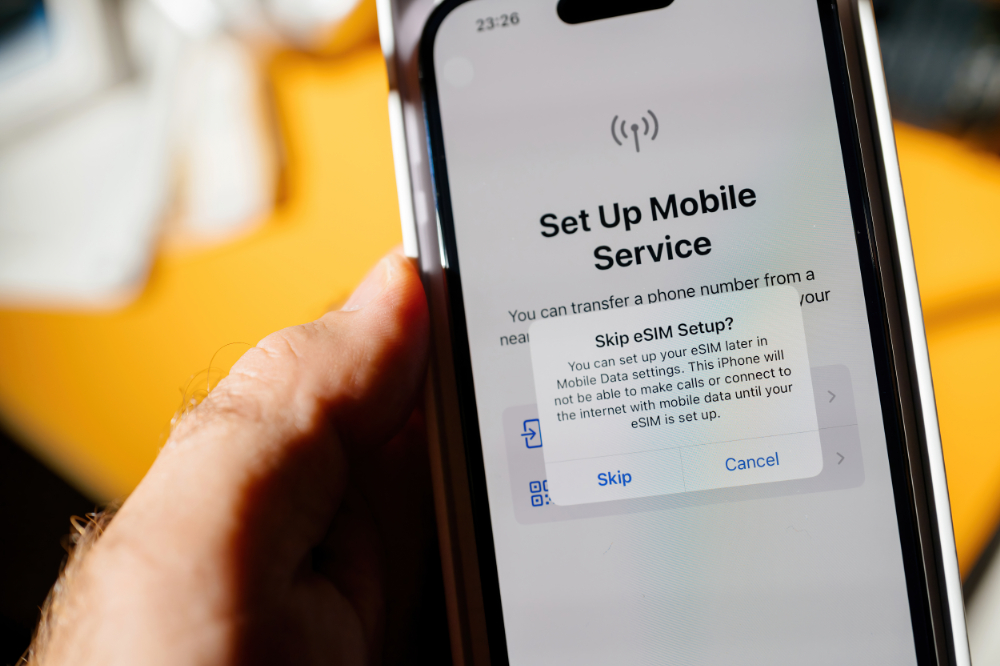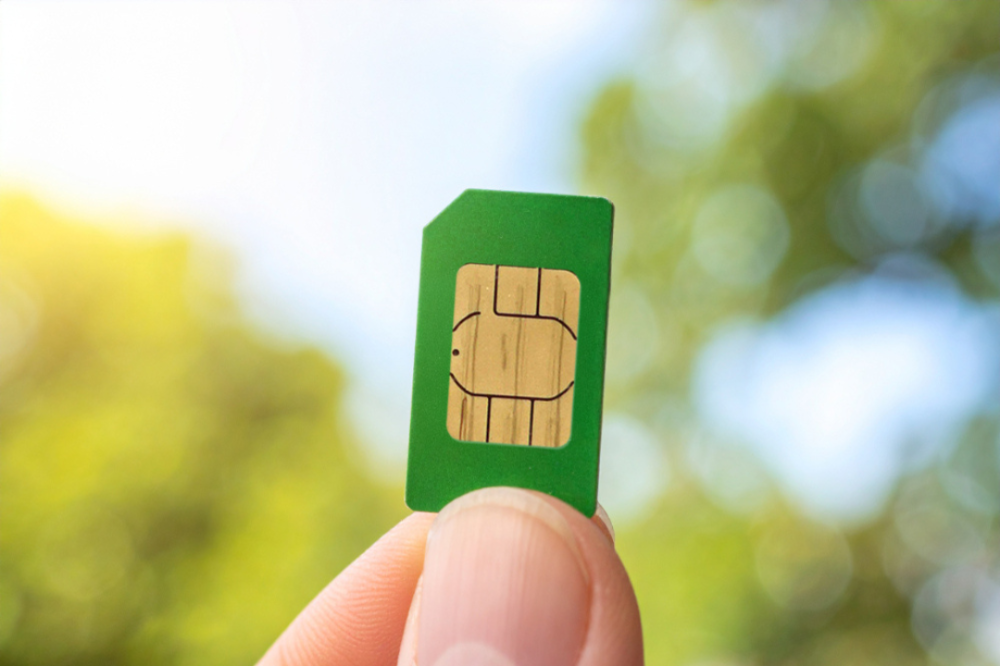
How to Rent Pocket WiFi in Japan: A Complete Guide for Travelers
Imagine exploring Japan’s vibrant cities and serene landscapes without worrying about losing connection. Renting a pocket WiFi in Japan can make this dream a reality, offering seamless Internet access wherever you roam.
But how do you navigate the world of rentals and choose the best option? This guide is here to answer all your questions, from picking the correct device to understanding the rental process. Get ready to stay connected, share your journey, and experience Japan like never before!
How to Rent Pocket WiFi in Japan: Step-by-Step Guide
Whether checking bus schedules in Osaka or searching for the best local activities on TripAdvisor, renting pocket WiFi ensures you're always just a click away from the information you need.
But with so many options available, how do you choose the right rental service? This comprehensive guide walks you through every step, from reserving your device online to selecting the perfect plan that fits your travel style and budget.
Where and How to Rent Pocket WiFi in Japan
There are two primary ways to rent pocket WiFi in Japan: online reservations and in-person rentals. Each option has its advantages, depending on your travel plans.
Online Reservations
Renting pocket WiFi online before you arrive in Japan offers the convenience of securing your device ahead of time.
Many services allow you to choose your device, select your rental plan, and pay for your reservation in advance. Once you arrive in Japan, you can easily pick up your device at the airport or have it delivered to your hotel. NINJA WiFi offers flexible pickup and delivery options across Japan to suit every traveler’s needs.
- ●Pros: Your pocket WiFi will be ready as soon as you land. It’s easy to compare prices and plans online, and you can have the device delivered to your hotel for added convenience.
- ●Cons: Online rentals require planning, and if your flight is delayed or your plans change unexpectedly, you might face challenges picking up your device on time.
In-Person Rentals
For those who prefer to wait until they arrive in Japan, in-person rentals at major locations like airports or city counters are a great option. Popular spots include Narita and Haneda Airports and major hubs like Shinjuku and Shibuya in Tokyo, where you can find rental devices at electronics stores.
NINJA WiFi offers same-day reservations and pickup in Shinjuku. You only need to reserve one day ahead to pick up your device at Narita, Haneda, Kansai International, Fukuoka, Kagoshima, and Naha airports.
- ●Pros: You can access your device immediately after landing. You don't need to worry about online booking or delivery delays.
- ●Cons: You may face longer lines at busy times, and the rental options might be more limited than online choices.
Choosing the Right Pocket WiFi Plan for Your Trip
Several factors to consider when selecting a pocket WiFi plan include data limits, rental duration, and budget.
Data Limits:
Some rental plans have a daily data limit (e.g., 3GB daily), while others offer unlimited data. If you plan to stream videos, use navigation apps extensively, or have multiple devices connected, unlimited data is likely the best choice.
If your Internet needs are more moderate, a plan with a data cap might be more budget-friendly. With NINJA WiFi, whether you choose a 1GB or a 10GB daily plan, your Internet access remains unlimited; it simply slows down once you have reached the limit.
Rental Duration:
The duration of your rental can also affect the price. Providers often offer flexible plans based on the number of days you need the device.
Whether you’re staying for a short weekend or an extended trip, be sure to choose a plan that matches your itinerary. If you stay longer than expected, NINJA WiFi offers extensions for the same daily price if notified one day in advance.
Budget Considerations:
Pocket WiFi plans vary significantly in cost. For instance, NINJA WiFi offers several pricing options to suit different needs:
- ●440 yen/day for 1GB daily, which is perfect for light browsing and emails.
- ●770 yen/day for 3GB daily, suitable for moderate usage, such as social media updates and web browsing.
- ●1,980 yen/day for unlimited data, ideal for those planning to use the Internet extensively during their trip.
- ●2,200 yen/day for a 5G unlimited plan, a more premium plan offering high-speed Internet across Japan, including 5G access in areas where it's available; ideal for business travelers who might need to attend video conferences or work remotely.
In conclusion, when choosing your pocket WiFi plan, think about how much data you’ll realistically need, how long you’ll be in Japan, and how much you’re willing to spend.
Plans like those offered by NINJA WiFi provide flexibility for all types of travelers, whether you're just browsing or streaming high-definition content on the go.
How to Return Pocket WiFi in Japan Easily
 Returning your pocket WiFi at the end of your trip is straightforward, but choosing the proper method can save you time—understanding your options and ensuring a smooth return experience.
Returning your pocket WiFi at the end of your trip is straightforward, but choosing the proper method can save you time—understanding your options and ensuring a smooth return experience.
Return Options: Airport, Post, or Store Drop-off
Returns at Airport Counters
If you're flying out of a major airport like Narita, Haneda, Kansai International, or Chubu, you can return your device to designated WiFi rental counters before passing through security.
NINJA WiFi makes the return process exceptionally flexible, allowing you to return your device at any of their 10 airport locations, even if you picked it up elsewhere. The option to return your device at the airport is an excellent choice if you want to keep your WiFi connection until departure.
Mailing the Device Back
If you prefer not to make an extra stop at the airport, for reasons such as an early morning flight, you can return your pocket WiFi by mail. Certain providers, including NINJA WiFi, supply a prepaid Cash on Delivery (COD) mailing slip with your rental.
Simply place the device and accessories inside, seal the envelope, and drop it off at a convenience store (e.g., 7-Eleven or FamilyMart), Yamato Transport service counter, or even your hotel’s front desk. Mailing your device with NINJA WiFi costs 550 yen, making it an easy option if you're on a tight schedule.
Returns at Designated City Shops
Some providers offer return drop-offs at physical stores in major cities. For example, if you rent from NINJA WiFi, you can return your device at the Shinjuku counter, a convenient option if you're staying in Tokyo and want to return it before heading to the airport.
Things to Watch Out for When Returning
To avoid extra fees, make sure to return your pocket WiFi on time, as most providers charge a daily late fee for overdue rentals.
Before returning your pocket WiFi, double-check that all accessories are included to avoid additional charges. Most rentals include a WiFi device, charger, USB cable, and carrying case—missing any of these items may result in extra fees. Additionally, inspect the device for any damage, as repair or replacement costs may apply.
If you accidentally bring your pocket WiFi home, don’t worry—you can still return it from overseas. Simply contact the provider for the correct return address and shipping instructions. While you’ll need to cover international shipping costs, sending it back as soon as possible will help you avoid further late fees.
By planning your return method and ensuring all items are accounted for, you can easily complete your rental and focus on enjoying the rest of your trip!
Pocket WiFi vs. Other Internet Options in Japan
 Choosing the right Internet option in Japan can significantly impact your travel experience. Here’s how pocket WiFi compares to free WiFi, SIM cards, and eSIMs.
Choosing the right Internet option in Japan can significantly impact your travel experience. Here’s how pocket WiFi compares to free WiFi, SIM cards, and eSIMs.
Comparing Pocket WiFi to Free WiFi, SIM Cards, and eSIMs
Staying connected in Japan will considerably simplify and enhance your trip, but choosing the right option depends on your needs. Free WiFi is available in some public places but can be unreliable and slow and pose security risks. SIM cards and eSIMs, on the other hand, offer convenience and familiarity but may come with compatibility issues, activation hassles, or limited data plans.
Roaming with your home carrier might seem like the easiest option, but it is also likely the most expensive, especially for heavy data users. Pocket WiFi stands out for uninterrupted, high-speed connectivity, making it ideal for group travel and streaming.
Common Questions About Renting Pocket WiFi in Japan
 Renting pocket WiFi is a convenient way to stay connected in Japan, but travelers often have questions about usage, troubleshooting, and alternatives. Here, we address some of the most common concerns to help you get the most out of your rental.
Renting pocket WiFi is a convenient way to stay connected in Japan, but travelers often have questions about usage, troubleshooting, and alternatives. Here, we address some of the most common concerns to help you get the most out of your rental.
Troubleshooting Issues: Connection, Charging, and Speed
If your pocket WiFi isn’t connecting, first check if mobile data and WiFi are enabled. Restarting both your phone and the pocket WiFi router can often resolve connectivity issues.
If the signal is weak, move to an open area or restart the router to connect to a different tower. For slow speeds, confirm that you haven’t exceeded your daily data limit if you have one.
To extend battery life, turn off the device when not in use, lower screen brightness, and carry a portable charger. If the device doesn’t charge, ensure you use the correct cable and power adapter—charging with a laptop USB port may not provide enough power.
Other concerns travelers might have include overheating issues (which can happen if used continuously in high temperatures—turning it off periodically helps), multiple device connections (most pocket WiFi devices support 5–10 devices, but too many can slow speeds), and WiFi interference (crowded areas with heavy network traffic may temporarily affect performance).
Can You Buy a Pocket WiFi in Japan Instead of Renting?
While purchasing a pocket WiFi device in Japan is possible, it's usually not the best option for short-term visitors. Devices are available at electronics stores like Bic Camera and Yodobashi Camera and online stores, but you’ll also need a data plan from a local carrier. Most plans require a long-term contract or a Japanese address, making them impractical for tourists.
Renting is often easier and more cost-effective, as it includes both the device and a pre-configured data plan. With options like NINJA WiFi, you can enjoy reliable, high-speed Internet without the complications of setting up a new service. Plus, you’ll benefit from customer support in English, making renting the simplest and most flexible way to stay connected.
Conclusion
Renting pocket WiFi in Japan is easier than ever, giving you instant access to fast, reliable Internet the moment you arrive. By booking in advance, you can skip the hassle of searching for SIM cards or relying on spotty public WiFi.
With NINJA WiFi, you can pick up your device at various airports or have it delivered to your hotel and return it just as easily—making your trip stress-free and fully connected. Secure your pocket WiFi today and enjoy seamless Internet throughout your journey in Japan!








